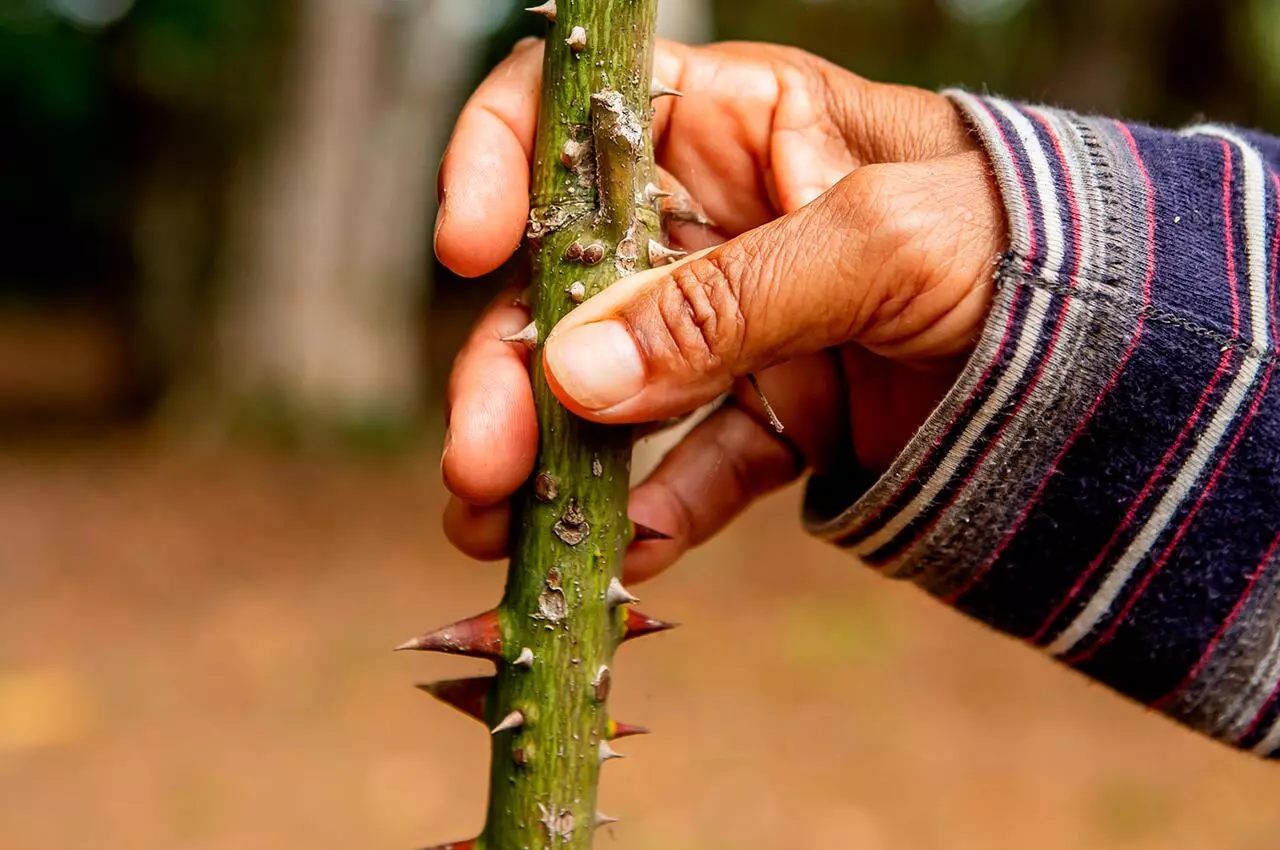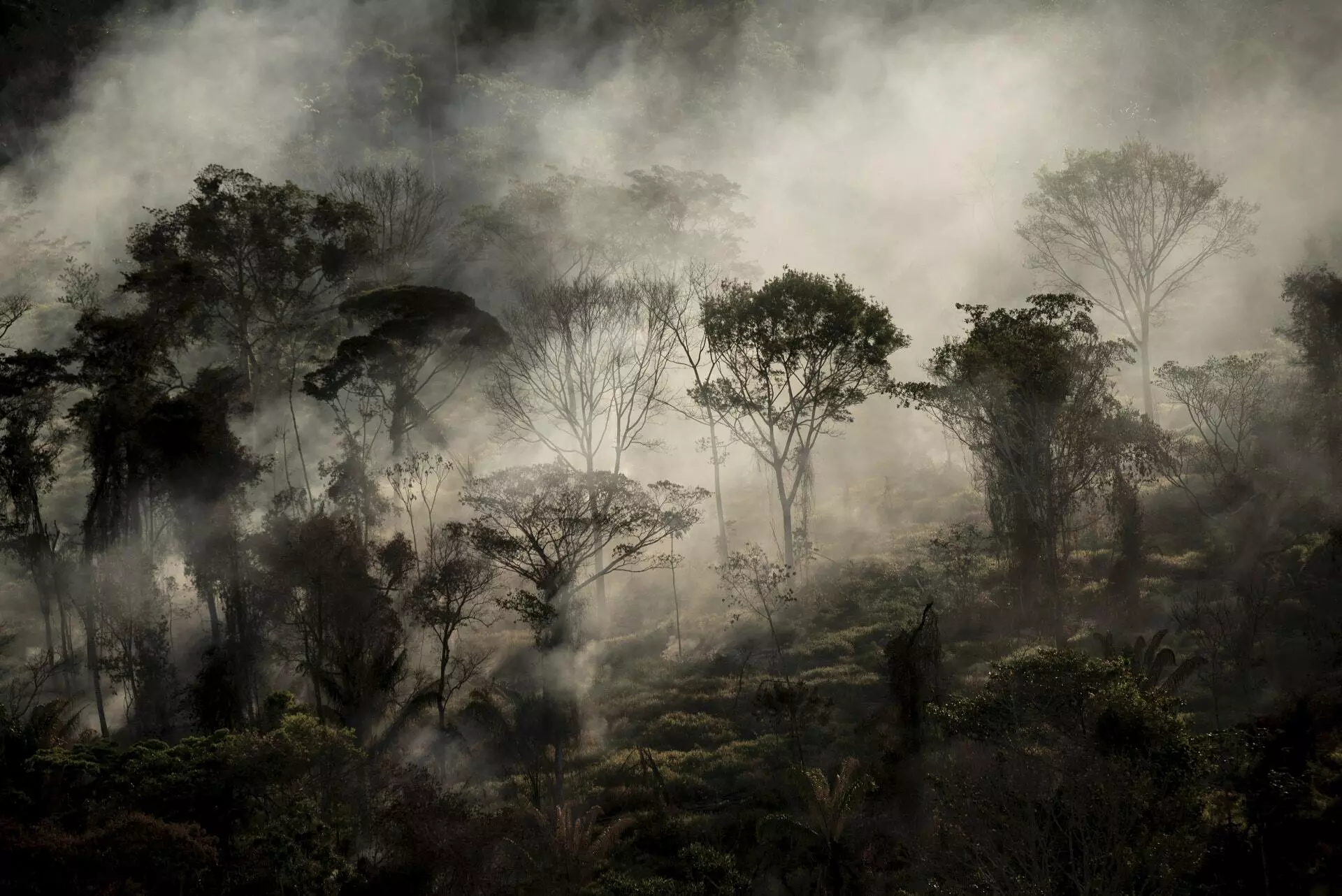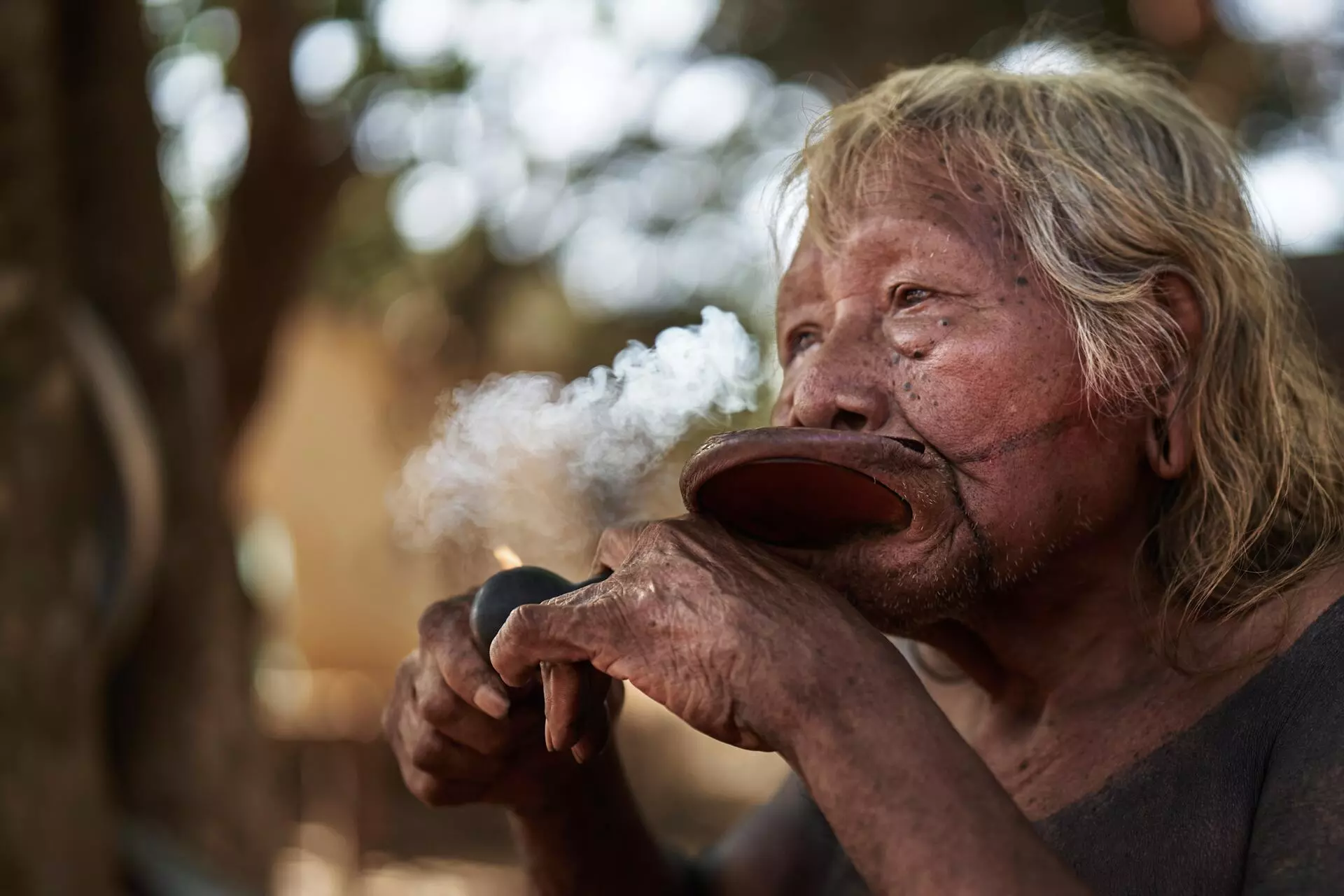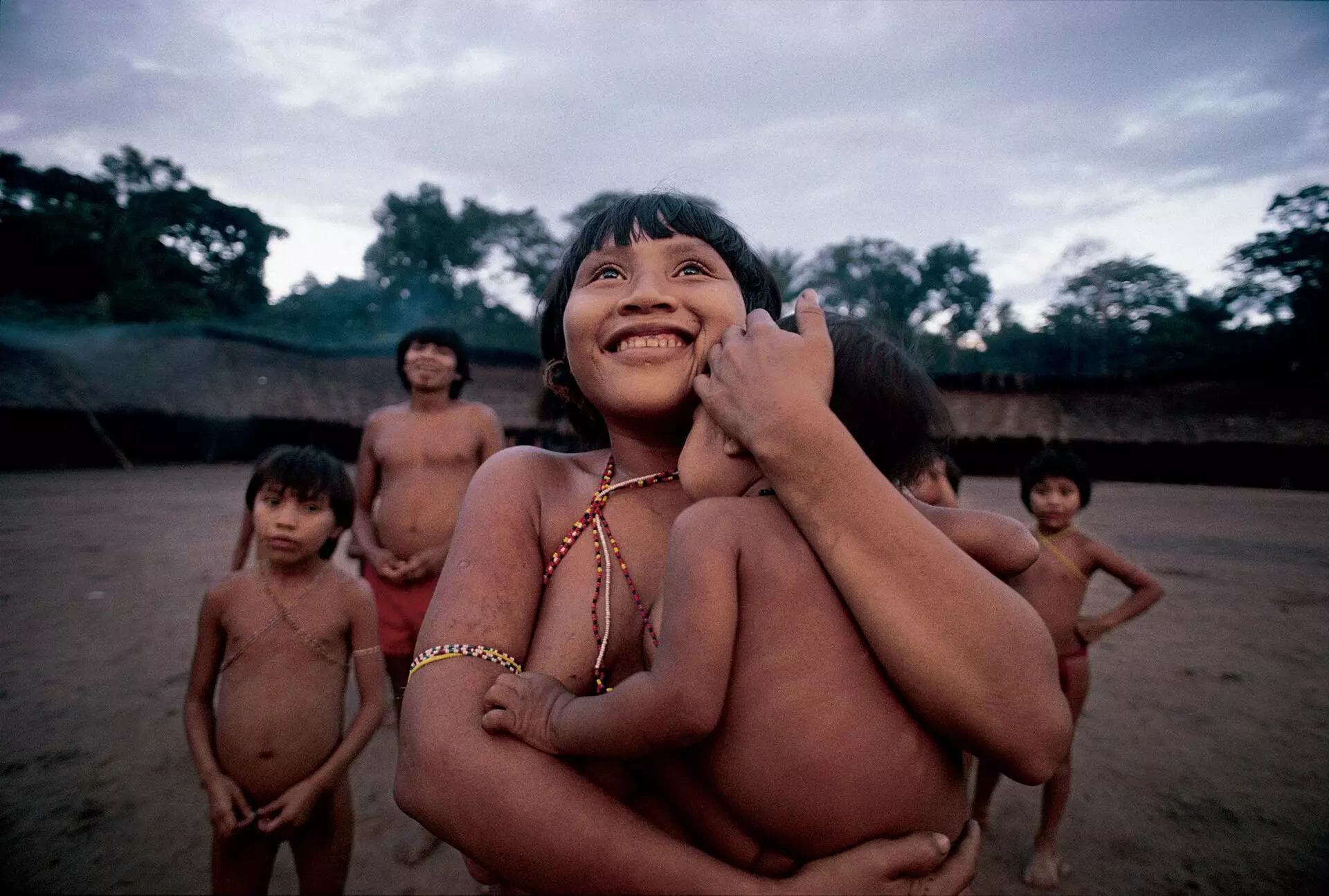CLIMATE EMERGENCY
- Damage could continue even after the drought ends
The climate crisis will delay the start of the rains in the Amazon region and make the rainy season drier than usual. River levels are expected to remain low in 2024, according to researchers. (Amazônia Real) - Extreme drought destroys tourism in riverside communities
Community-run lodges and restaurants in the Rio Negro region saw their earnings drop by almost R$200,000 in October. The drought has caused access difficulties and security problems in the region. (Folha de S.Paulo) - Deforestation has an impact over great distances
Brazilian and British scientists have shown that if a forest is cut down in the Amazon region, the warming effect extends up to 100 kilometers away. (DW Brasil)
AMAZON AT RISK
- Carbon credit firms divide villages into lots
Indigenous people are being pressured to give up areas of forest for the exploitation of environmental services on the financial market. Experts warn of abuses in contracts (InfoAmazonia) - ‘They tried to burn down the place I was living in’
Ivete Bastos, a friend of Dorothy Stang, has received numerous death threats for her work in the state of Pará. She reports the spread of soy monoculture and says that her struggle is “non-negotiable”. (Agência Pública) - State governments fail to share cattle data
Information on the movement of cattle, which is the main driver of deforestation, is not shared with the environmental inspection bodies, with the exception of the state of Rondônia. (Repórter Brasil)
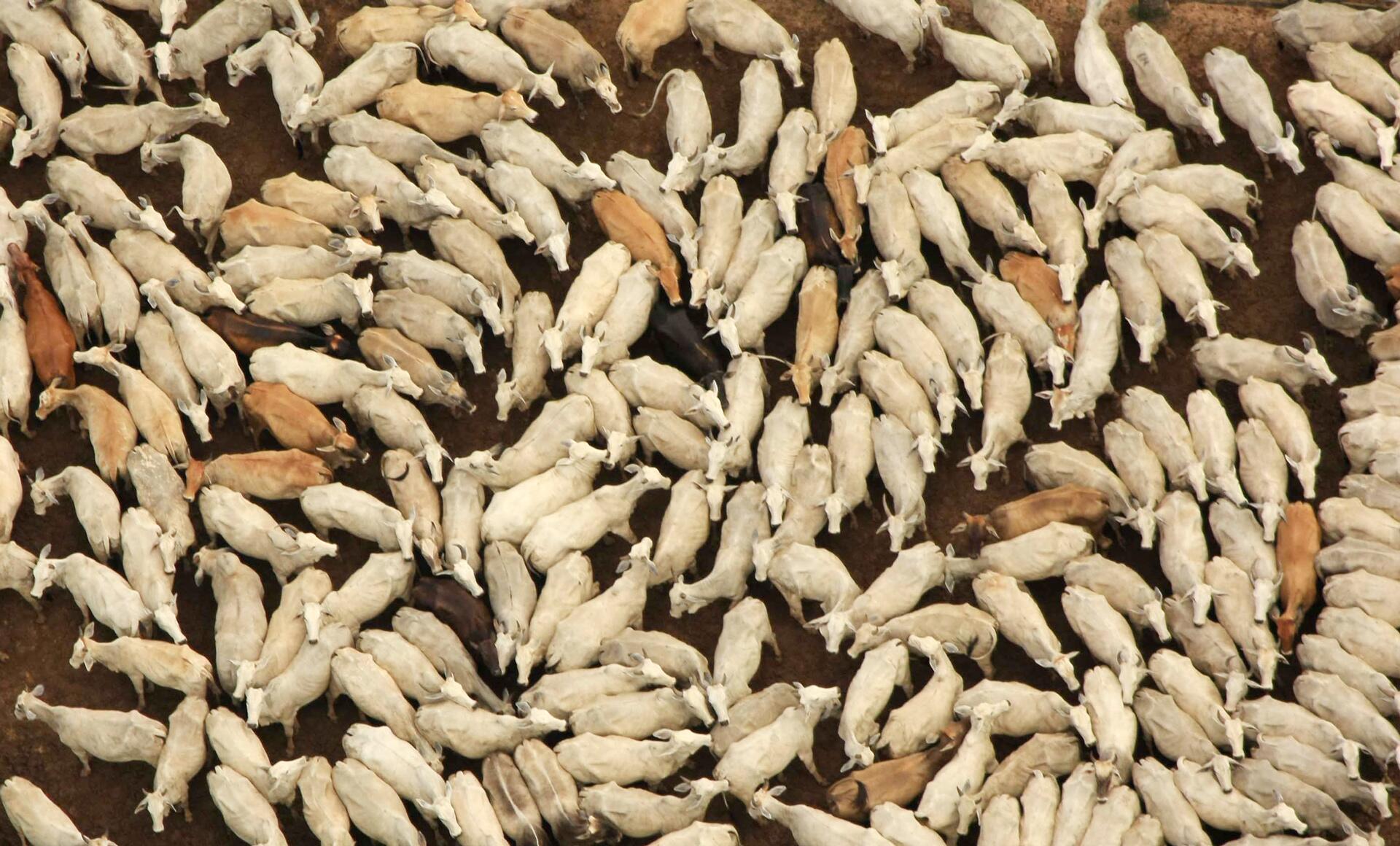
State governments are not being open about the movement of cattle in Brazil’s Amazon region and are withholding information from the inspection bodies. Photo: Alberto Cesar Araújo/Amazônia Real
- Deforestation is monitored by a mere 5 federal employees
Federal programs that generate data warning of the destruction of Brazilian biomes suffer from a shortage of employees. The unit in the Amazon region has just one permanent technician (((o))eco)
WONDER AND SURVIVAL
- The Amazon as seen by a Japanese photojournalist
Hiromi Nagakura, who visited the Amazon region with Ailton Krenak between 1993 and 1998, recounts how he formed personal relationships with the Indigenous people. His photos are on display at the Tomie Ohtake Institute in the city of São Paulo until February 4. (Nexo Jornal) - Indigenous people create management plans to deal with agribusiness
People in the state of Roraima who depend on manioc plantations adopt territorial and environmental management plans in the face of threats from agribusiness, illegal mining and land grabbing. (Mongabay)
Proofreader (Portuguese): Valquíria Della Pozza
Spanish translation: Julieta Sueldo Boedo
English translation: Mark Murray
Photo Editor: Lela Beltrão
Layout and finishing: Érica Saboya
Editors: Malu Delgado (news and content), Viviane Zandonadi (editorial workflow and copy editing), and Talita Bedinelli (coordination)
Director: Eliane Brum

